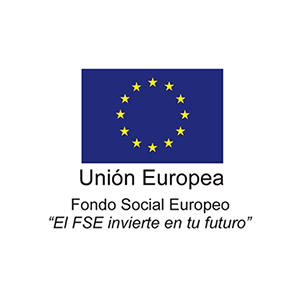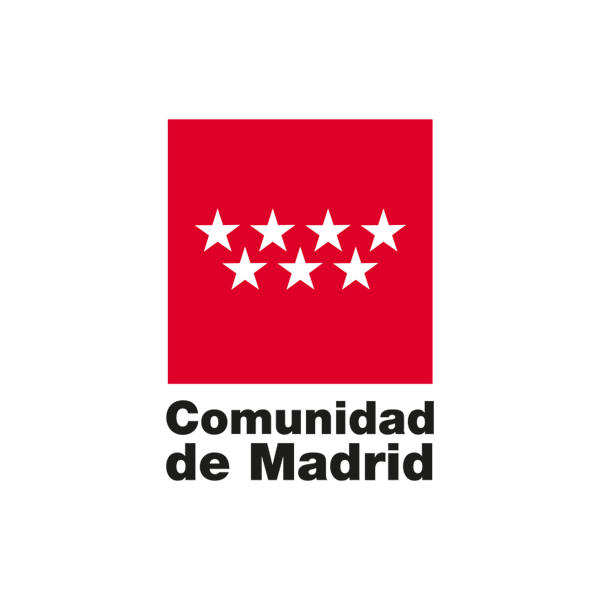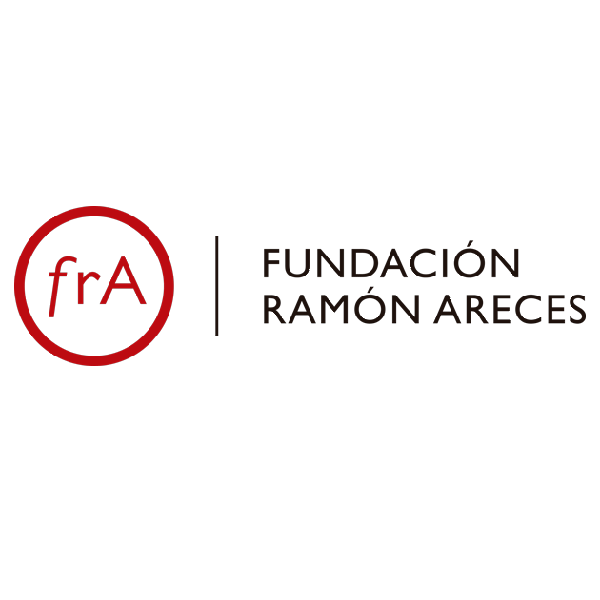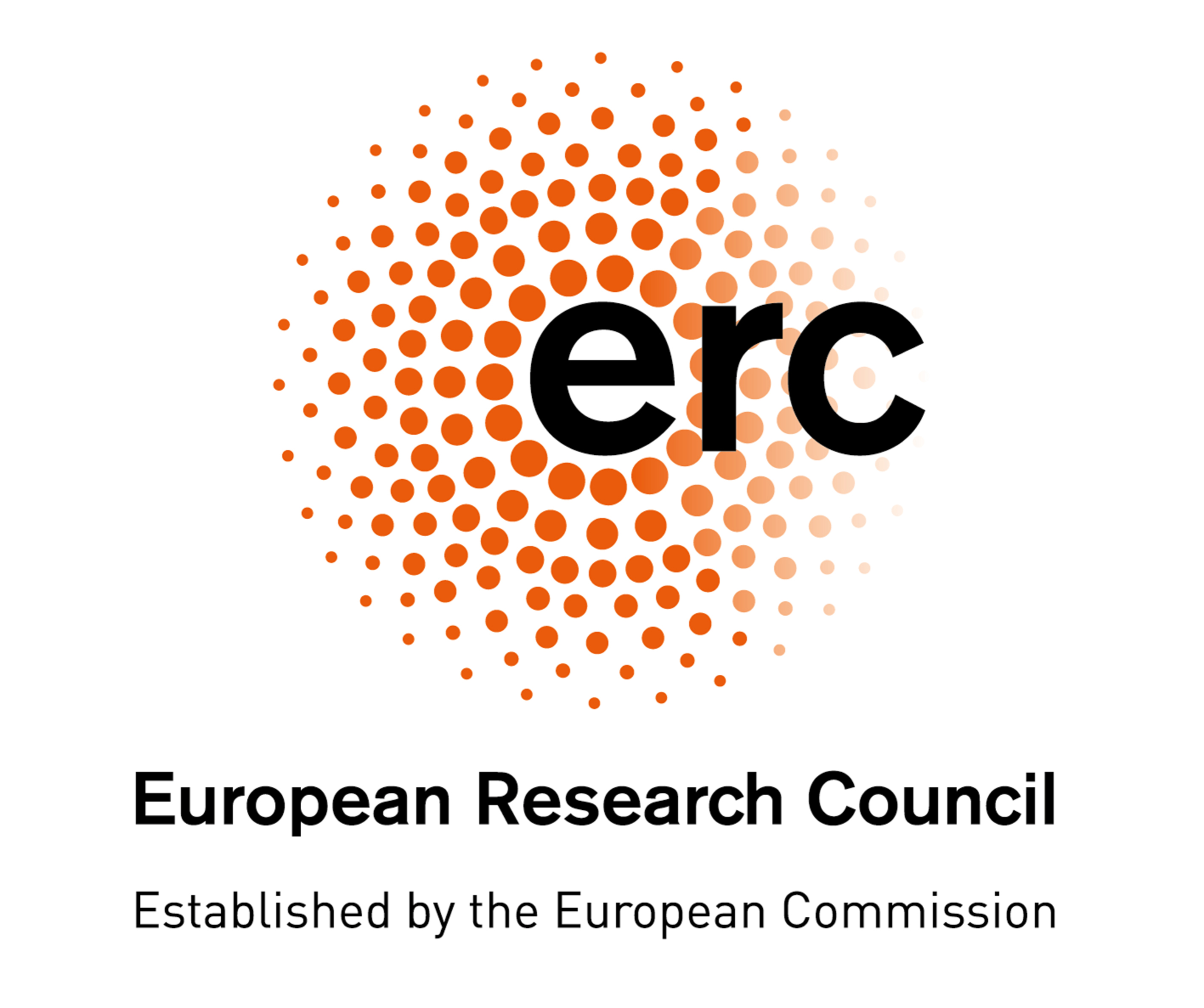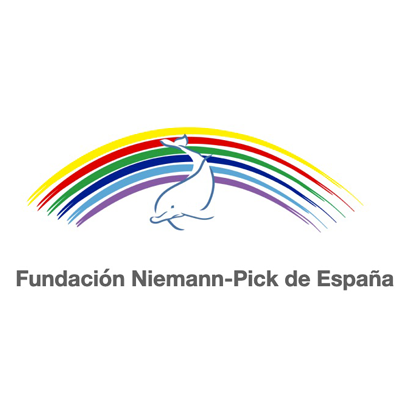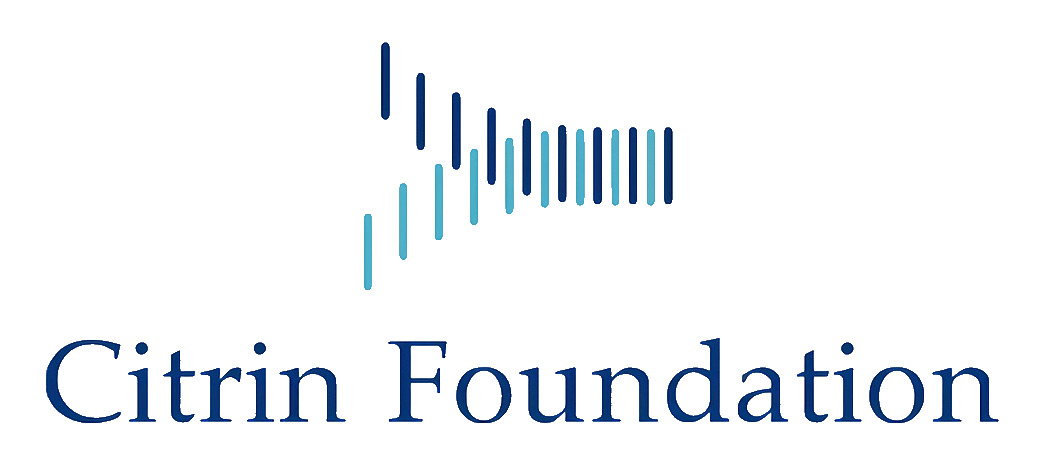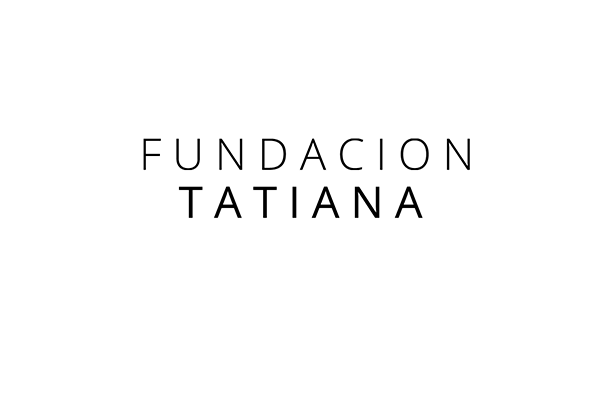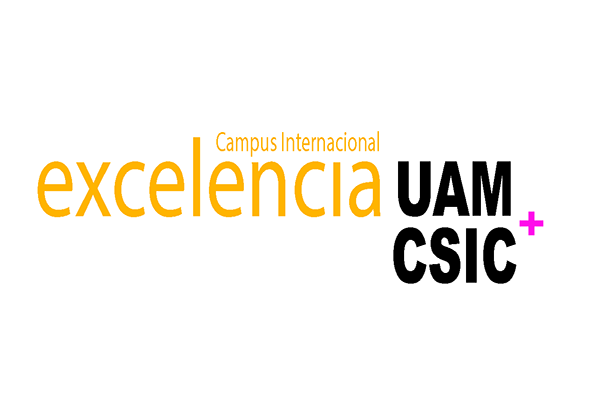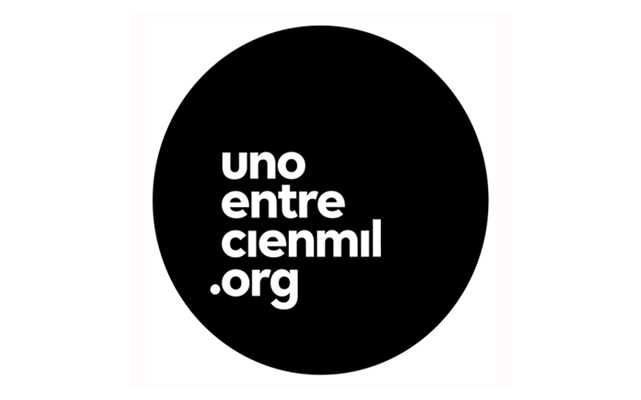Biotecnología y genética de bacterias termófilas extremas
Resumen de Investigación:
Nuestro grupo utiliza termófilos como modelos para el estudio de procesos biológicos ancestrales y como fuente de enzimas termoestables y plataformas de selección para el desarrollo de nuevas herramientas para aplicaciones biotecnológicas. Nuestro principal modelo de laboratorio es Thermus thermophilus, una bacteria termófila extrema que es fácil de cultivar en condiciones de laboratorio y susceptible de manipulación genética debido a la presencia de un aparato de competencia natural (NCA) altamente eficiente.
Los principales tópicos objeto de estudio en nuestro grupo durante los últimos años son los mecanismos de transferencia horizontal de genes, los mecanismos de defensa frente a las vías de transferencia y reparación del genoma (Fig. 1). Los principales sistemas de defensa que estamos estudiando actualmente son la nucleasa programable Argonaute, la ADN primasa-polimerasa Primpol y el complejo AddAB (equivalente a RecBCD).
El grupo también está interesado en nuevas aplicaciones biotecnológicas derivadas del uso de termófilos. Una parte de nuestro trabajo se centra en el descubrimiento de enzimas termoestables y en el aislamiento de variantes termoestables de enzimas que puedan responder mejor a los requerimientos de biocatalizadores industriales o en otras aplicaciones en el campo de la Biología Molecular, como la edición de genes. Para ello, se están desarrollando nuevos vectores multifuncionales que permitan una identificación más eficiente de enzimas termoestables a partir de bibliotecas metagenómicas o la termoselección de variantes de enzimas de interés biotecnológico en cepas huésped termófilas modificadas.
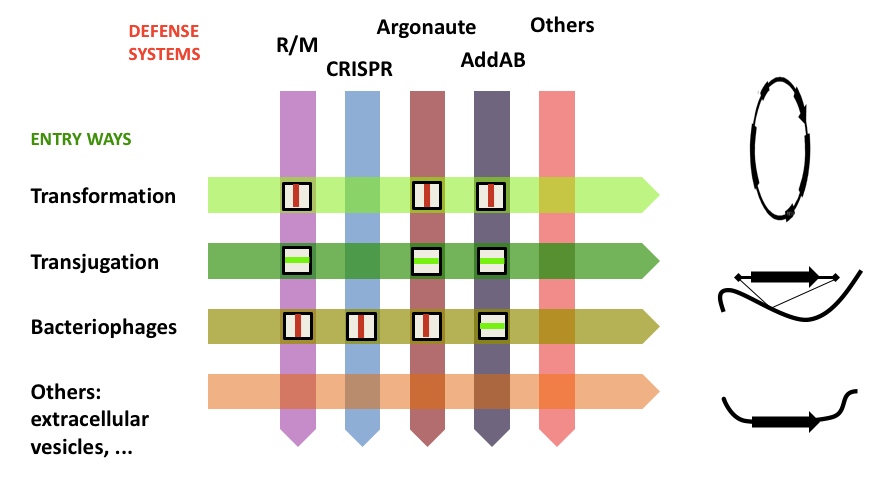
Figura 1: Matriz de relaciones entre entrada del ADN y los mecanismos de defensa en T. thermophilus. Las diferentes proteínas de defensa actúan preferentemente sobre el ADN que ingresa por determinadas vías. R/M, restricción-modificación. AddAB, complejo helicasa-nucleasa (similar a RecBCD).
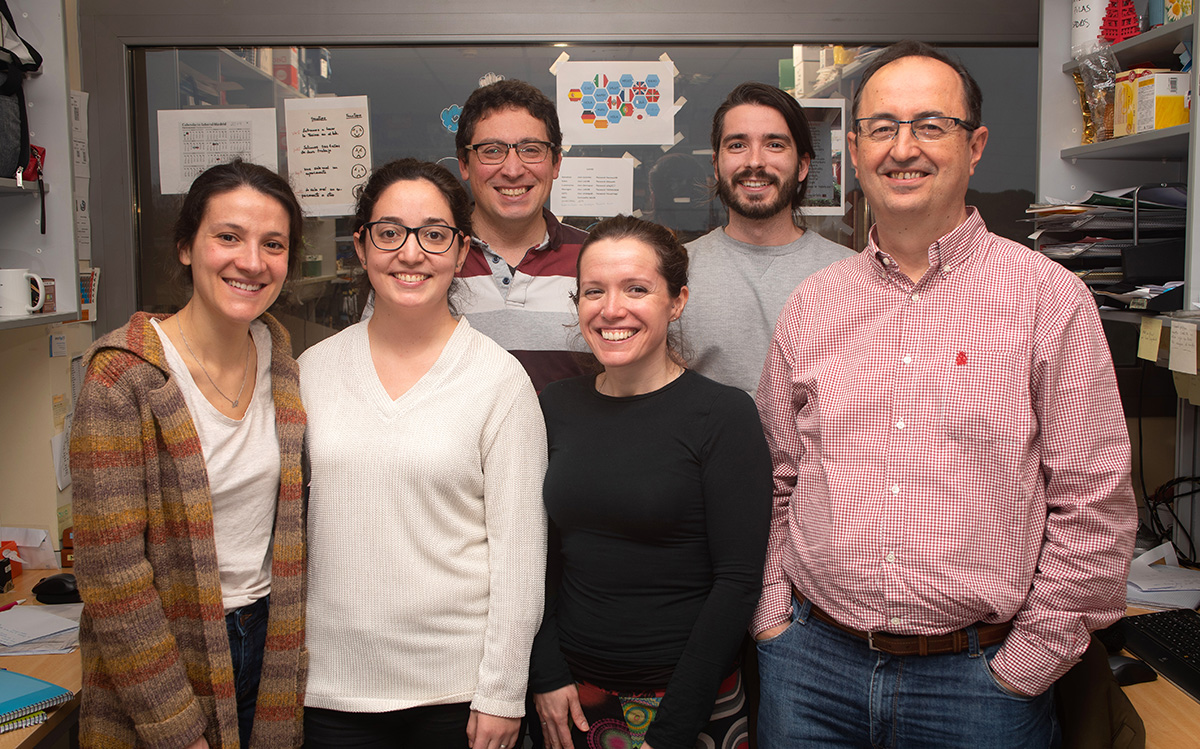
| Apellidos | Nombre | Laboratorio | Ext.* | Categoría profesional | |
|---|---|---|---|---|---|
| Failde Soler | Marta | 108 | 4525 | Titulado Sup.de Actividades Técn. y Profes. GP1 | |
| Villamayor Arribas | Álvaro | 108 | 4498 | Tco. de Investigación y Laboratorio |
Publicaciones relevantes:
- Mencía, M. (2022). Acid digestion and symbiont: Proton sharing at the origin of mitochondriogenesis? BioEssays, 2200136.
- Verdú, C., Pérez-Arnaiz, P., Peropadre, A., Berenguer, J., and Mencía, M. (2022). Deletion of the primase-polymerases encoding gene, located in a mobile element in Thermus thermophilus HB27, leads to loss of function mutation of addAB genes. Front. Microbiol. 13, 1005862.
- García-Quintans, N., Baquedano, I., Blesa, A., Verdú, C., Berenguer, J. y Mencía, M. (2020). A thermostable DNA primase-polymerase from a mobile genetic element involved in defense against environmental DNA. Environ Microbiol 22, 4647-4657.
- Álvarez, B., Mencía, M., de Lorenzo, V. y Fernández, L.A. (2020) In vivo diversification of target genomic sites using processive T7 RNA polymerase-base deaminase fusions blocked by RNA-guided dCas9. Nat Commun 11, 6436-6449.
- Mencía, M. (2020). The archaeal-bacterial lipid divide, could a distinct lateral proton route hold the answer? Biol Direct 15, 7.
- van Nies, P., Westerlaken, I., Blanken, D., Salas, M., Mencía, M. y Danelon, C. (2018) Self-replication of DNA by its encoded proteins in liposome-based synthetic cells. Nat Commun, 9, 1583.
- Baquedano I, Mencía M, Blesa A, Burrus V, and Berenguer J (2020) ICETh1 & ICETh2, two interdependent mobile genetic elements in Thermus thermophilus transjugation. Environmental Microbiology. 22:158-169.
- Verdú C, Sanchez E. Ortega C, Hidalgo A, Berenguer J, Mencía M. 2019. A modular vector toolkit with a tailored set of thermosensors to regulate gene expression in Thermus. ACS Omega. 4: 14626−14632.
- García-Quintans N, Bowden L, Berenguer J and Mencía. 2019. DNA interference by a mesophilic Argonaute protein, CbcAgo. F1000Research 8: 321.
- Blesa A., Baquedano I., Quintáns N.G., Mata C.P., Castón J.R., Berenguer J. 2017. The transjugation machinery of Thermus thermophilus: Identification of TdtA, an ATPase involved in DNA donation. PloS Genetics. 13 (3) e1006669.
- Blesa A., Quintáns N.G., Baquedano I., Mata C.P., Castón J.R., Berenguer J. 2017. Role of archaeal HerA protein in the biology of the bacterium Thermus thermophilus. Genes 8: 130.
- Blesa A, César CE, Averhoff B, Berenguer J. 2015. Noncanonical cell-to-cell DNA transfer in Thermus spp. is insensitive to argonaute-mediated interference. J Bacteriol. 197:138-146.
- Daan C. Swarts, Matthijs M. Jore, Edze R. Westra, Yifan Zhu, Jorijn H. Janssen, Ambrosius P. Snijders, Yanli Wang, Dinshaw J. Patel, José Berenguer, Stan J. J. Brouns, John van der Oost. 2014. DNA-guided DNA interference by a prokaryotic Argonaute. Nature 507: 258-261.
Tesis doctorales:
- Mercedes Sánchez Costa (2020) Estudio y desarrollo de nuevas herramientas para la exploración de ambientes extremos. Universidad Autónoma de Madrid. Directores: José Berenguer y Aurelio Hidalgo.
- Ignacio Baquedano Mozos (2019) ICETh1 & ICETh2, two mobile genetic elements coordinated in Thermus thermophilus transjugation. Universidad Autónoma de Madrid. Directores José Berenguer and Mario Mencía.
- Alba Blesa Esteban (2016) Horizontal gene transfer in Thermus thermophilus: mechanisms and barriers. Universidad Autónoma de Madrid. Director: José Berenguer.
- Yamal Al-ramahi González (2013) Ingeniería de proteínas fluorescentes y aplicaciones de localización celular en microorganismos termófilos. Universidad Autónoma de Madrid. Directores: José Berenguer y Aurelio Hidalgo.
- Noé R. Rivera (2013) Termoestabilización de proteínas de interés biológico. Universidad Autónoma de Madrid. Directores: José Berenguer y Aurelio Hidalgo.
- Laura Álvarez Muñoz (2012) Análisis de la respiración de nitrito en Thermus thermophilus. Universidad Autónoma de Madrid. Director: José Berenguer.
Proyectos financiados en los últimos años:
- PlastBioTerm: A new approach for the sustainable bioconversion of plastic waste into high-value products based on thermophilic microorganisms and enzymatic synthesis. TED2021-130430B-C22 Entity: Spain Government. Period: 01/12/2022 to 31/11/2024. Mario Mencía (IP)
- DANDIFY: New tools derived from DNA transfer and interference systems from thermophilic bacteria. PID2019-109073RB-I00 Entity: Spain Government. Period: 01/07/2020 to 30/6/2023. José Berenguer (IP), Mario Mencía (CoIP).
- INAGOMICS: DNA-DNA interference mediated by the Argonaute protein of Thermus thermophilus and applications in genome edition. BIO2016-77031-R. Period: 01/01/2017 to 30/6/2020. José Berenguer (IP).

